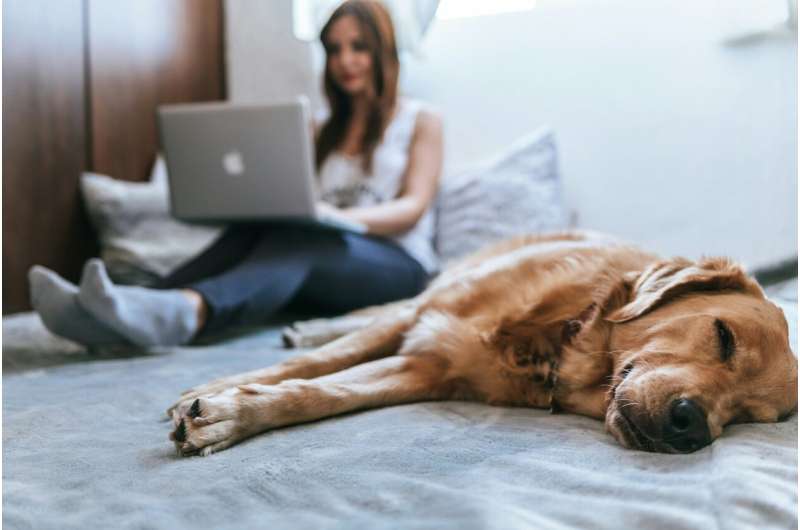As the Fourth of July approaches and temperatures rise, pet owners are urged to take extra precautions to ensure their furry companions stay safe and comfortable. The combination of Independence Day celebrations and the summer heat can pose significant risks to pets, making it crucial to prepare accordingly.
Independence Day and Fireworks: A Frightening Combination for Pets
While Independence Day is a time for family gatherings and fireworks, it can be a stressful experience for pets. The loud noises from fireworks can cause anxiety and fear in animals, leading to potentially dangerous situations. To help your pets cope, provide them with a quiet, secure space such as a closet or crate where they can retreat from the commotion.
Ensure all windows and doors are closed, and curtains drawn to minimize noise. Playing music or turning on the television can also help mask the sound of fireworks. If your pet is particularly sensitive to loud noises, consult your veterinarian about calming medications. Additionally, ensure your pet is microchipped in case they manage to escape during the festivities.
Heatstroke: A Silent Threat During Summer
As temperatures soar, pet owners must be vigilant in preventing heatstroke, a condition that can quickly turn life-threatening. Unlike humans, pets cannot verbally communicate their discomfort, making it essential for owners to be proactive. Dogs, in particular, are susceptible to heat-related illnesses, with puppies, older pets, and brachycephalic breeds at higher risk.
Signs of heatstroke include rapid breathing, increased heart rate, and a change in gum color from light pink to bright red or dull, grayish-pink. Vomiting and diarrhea may also occur. If your pet exhibits these symptoms, move them to a shaded area, dampen their coat with cool water, and seek veterinary care immediately.
“A dog’s normal body temperature ranges between 99°F and 102.5°F. An increase to 105°F can lead to severe heat-related illnesses.”
Preventive Measures to Combat Heatstroke
Prevention is key in protecting pets from heatstroke. Ensure outdoor pets have ample shade and access to fresh water. Never leave pets in a parked car, even briefly, as temperatures can rise dangerously fast. Use tip-proof bowls to prevent spills, and place water bowls in shaded areas to keep them cool.
Exercise: Timing and Adjustments for Safety
Exercise is important for pets, but during the summer, timing is crucial. Avoid jogging or biking with your dog during midday when temperatures are highest. The pavement can become extremely hot, risking burns to your pet’s paw pads. Instead, opt for early morning or late evening walks when it’s cooler.
Adjust your pet’s exercise routine based on their age, breed, and physical condition. Consult with your veterinarian to determine the appropriate level of activity for your pet during the summer months.
Looking Ahead: Enjoying a Safe Summer with Pets
By taking these precautions, pet owners can ensure a safe and enjoyable summer for their furry friends. Awareness and preparation are vital in preventing the potential dangers associated with Independence Day celebrations and summer heat.
For more information and guidance, pet owners are encouraged to reach out to their local veterinarians. With careful planning and attention, both pets and their owners can enjoy the season without compromising safety.


























